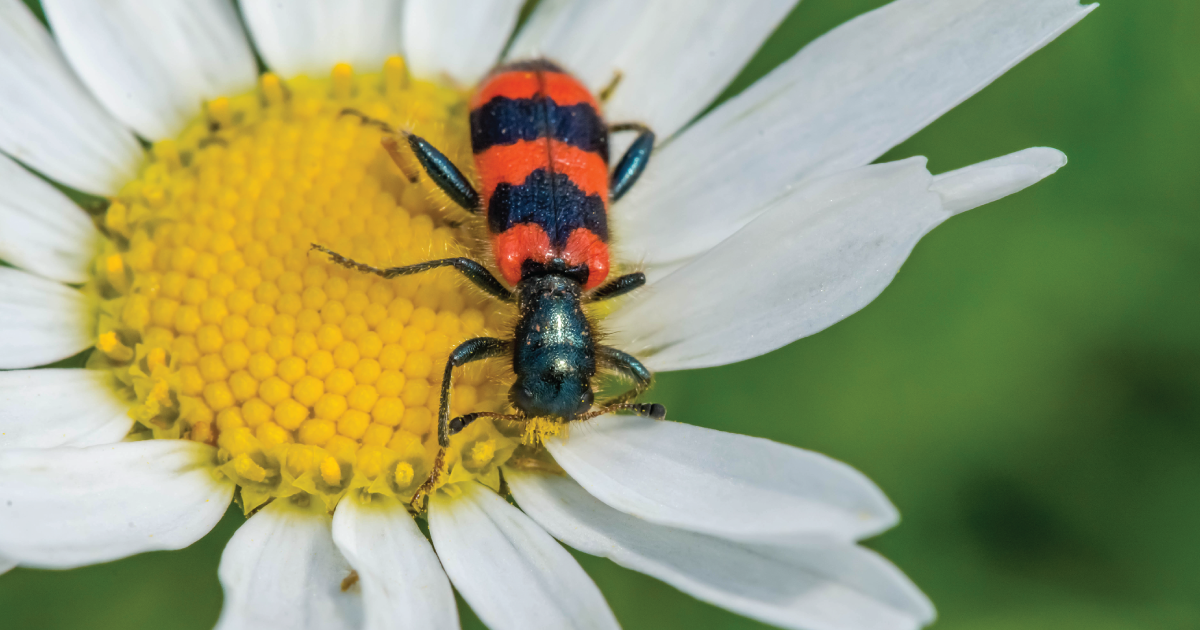
Insect Populations Are Declining Around the World. How Worried Should We Be?
When Susan Weller traveled to Ecuador to study tiger moths in the 1980s, she found plenty of insects. A decade later, Weller, now director of the University of Nebraska State Museum, returned to conduct follow-up research. But the moths she was looking for were gone.
October 30, 2018 | Source: Ensia | by Mary Hoff
Widely reported studies this year and last led to headlines globally of an “insect Armageddon.” The real story is more nuanced — but probably just as unsettling.
When Susan Weller traveled to Ecuador to study tiger moths in the 1980s, she found plenty of insects. A decade later, Weller, now director of the University of Nebraska State Museum, returned to conduct follow-up research. But the moths she was looking for were gone.
“Just in that time frame, areas I had collected had been transformed. Forests had been taken out. … brand new cities had sprung up. I tried to go back and collect from other historic collecting sites, and those sites no longer existed. They were parking lots,” she says.
Around the globe, scientists are getting hints that all is not well in the world of insects. Increasingly, reports are trickling in of unsettling changes in populations of not only butterflies and bees, but of far less charismatic bugs and beetles as well.
